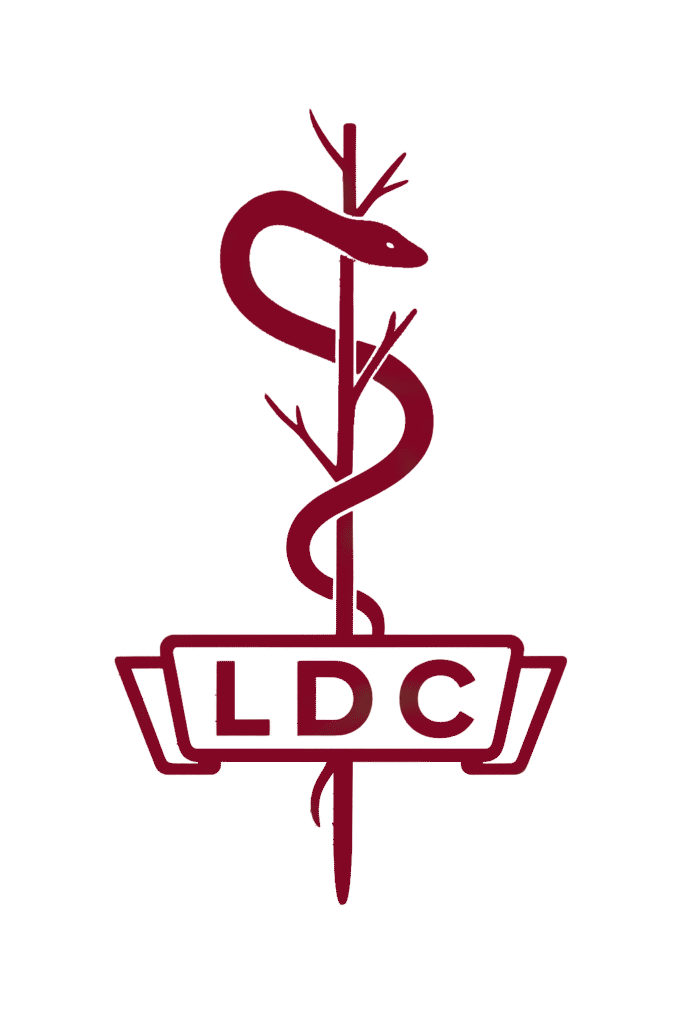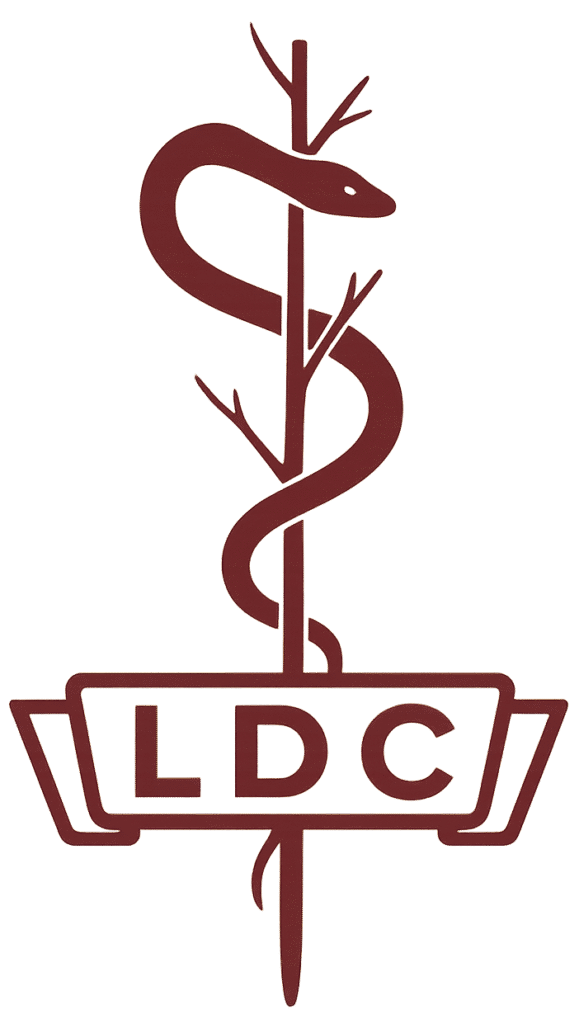When it comes to skin health, staying vigilant about changes in a mole or unusual spot is one of the most proactive steps you can take. Knowing when it’s necessary to schedule an evaluation with a dermatologist in Laplace can make a world of difference—whether it’s catching early signs of skin cancer or ensuring peace of mind. In this post, we’ll explore the key signs that indicate a mole or spot warrants professional attention.
Changing Appearance or Size
One of the most compelling reasons to consult a dermatologist in Laplace is noticing a mole that’s changing in size, shape, or color. Moles that enlarge, become asymmetrical, or develop irregular borders can be signs of concern. Likewise, if a spot starts shifting in hue—especially toward deep browns, blues, reds, or black—or develops multiple colors, it’s best to err on the side of caution. Even if there’s no pain or itching, such changes may indicate the early stages of melanoma.
Asymmetry, Borders, Color & Diameter (The ABCD Rule)
Dermatologists worldwide often use the ABCD rule to identify potentially dangerous moles:
- Asymmetry: One half of the mole doesn’t match the other.
- Border: The edges are ragged, notched, or blurred.
- Color: Multiple shades or uneven distribution of pigment.
- Diameter: Larger than 6 mm (about the size of a pencil eraser), though size alone isn’t definitive.
If any one of these characteristics applies to a mole or lesion, it’s time to schedule a consultation with Laplace Dermatology Clinic.
Sudden Onset or New Growths
A new mole that appears after age 25 or any spot that emerges suddenly and grows rapidly needs attention. While most new skin lesions are benign, certain types of melanoma can develop quickly. The experienced team at Laplace Dermatology Clinic is well-equipped to assess new developments and help you understand whether further action, like a biopsy, is required.
Itching, Bleeding, or Ulceration
Moles or spots that itch persistently, bleed, ooze, or develop open sores should never be overlooked. While irritation can sometimes be due to benign causes like eczema or insect bites, these symptoms could also indicate basal cell carcinoma or squamous cell carcinoma. The specialists at Laplace Dermatology Clinic can accurately differentiate and ensure that you receive prompt, appropriate treatment.
Pain, Tenderness, or Changes in Texture
Though many concerning skin lesions are painless, any mole or spot that becomes tender, hard, or crusted is a signal to pursue a professional evaluation. Even subtle changes in texture—like a raised nodule or scaly patch—can be important indicators of underlying issues. Laplace Dermatology Clinic provides the precision and compassion required to diagnose and manage these changes effectively.
Personal or Family History of Skin Cancer
If you—or someone in your family—has ever had skin cancer, it’s wise to monitor new or existing moles more closely. Individuals with light skin, frequent sun exposure, or a history of sunburns are at increased risk. Regular skin checks at Laplace Dermatology Clinic, including full-body exams and mole mapping if needed, can help detect problems early.
Persistent Spot or Mole That Doesn’t Respond to Treatment
Do you have a spot that just won’t heal—even after treating with over-the-counter creams or home remedies? Non-healing lesions, particularly those that persist for more than two weeks, should be evaluated promptly. At Laplace Dermatology Clinic, we provide advanced medical and surgical dermatology services—such as biopsies and minimally invasive mole removals—to ensure that persistent spots receive definitive care.
Suspicious Spots in Sun-Exposed Areas
Moles located on frequently sun-exposed areas—like the face, arms, shoulders, and back—deserve extra attention. These zones are at elevated risk for sun-related damage, including actinic keratoses and skin cancers. If you notice changes in these exposed spots, consider scheduling an evaluation with Laplace Dermatology Clinic. Early diagnosis opens the door to more effective, less invasive treatments.
Combination of Multiple Concerning Features
Sometimes, a single sign isn’t enough to raise concern—but a combination is. For instance, a mole that’s slightly asymmetrical, lightly itchy, and recently changed color should not be ignored. Laplace Dermatology Clinic excels at evaluating cases where subtlety demands expertise—offering medical, cosmetic, and surgical dermatology services all under one roof.
Don’t Wait—Get Peace of Mind
When it comes to your skin, even small changes can be meaningful. If you notice any signs mentioned above—a transforming mole, a bleeding spot, new or non-healing lesions—it’s wise to act without delay. Partnering with Laplace Dermatology Clinic, you can feel confident that your skin health is in expert hands. Act now to protect your skin—and your peace of mind.
Ready to take the next step? Contact Laplace Dermatology Clinic today to schedule your skin evaluation and ensure your health deserves nothing but the best.

